How to Care for Thai Chili: 3 Key Tips for Hot and Tiny Fruits
If you're reading this, you've probably fallen in love with Thai chilies - those tiny, fiery gems that pack an incredible punch. Whether you're growing them for authentic Thai cuisine, homemade hot sauce, or simply for their ornamental beauty, proper Thai chili plant care is essential for getting those vibrant, spicy fruits. Many gardeners struggle with getting their plants to produce abundantly, but I'm here to show you that with the right approach, you can enjoy a bountiful harvest of these miniature powerhouses.
The secret to successful Thai chili cultivation lies in understanding their tropical origins and providing conditions that mimic their natural habitat. These plants thrive in warm, sunny environments with consistent care, and when you get the basics right, they'll reward you with hundreds of chilies throughout the growing season. Let's dive into the three most critical aspects of growing healthy, productive Thai chili plants.
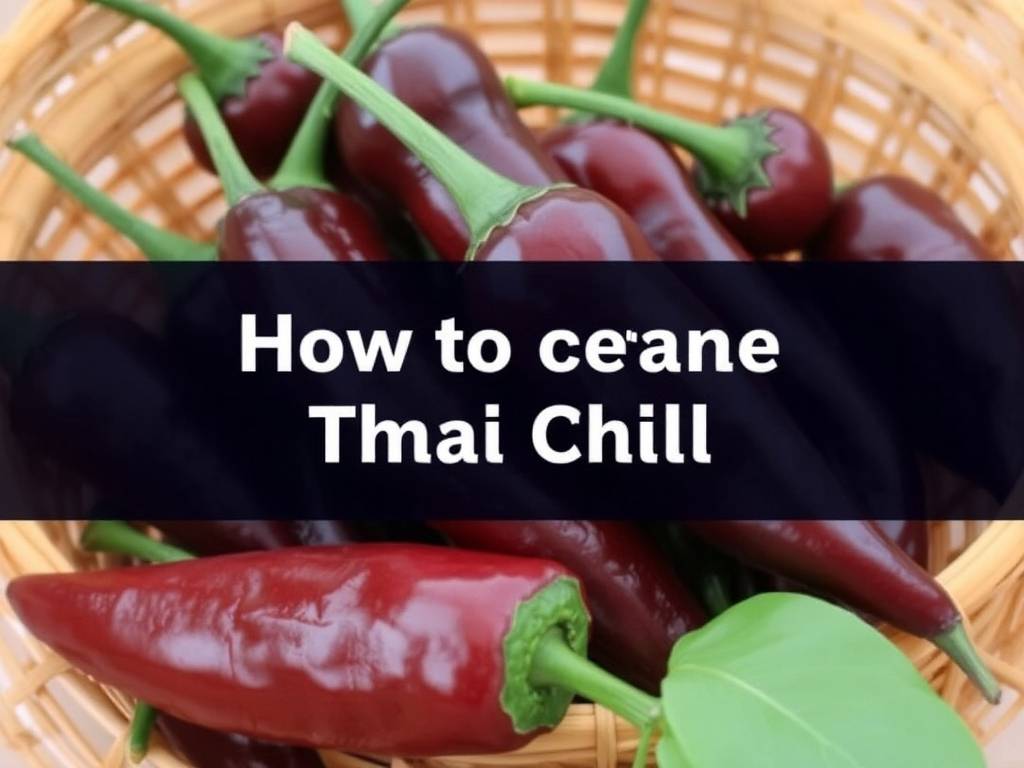
Master the Sun and Temperature Balance
Thai chilies are sun worshippers that originated in tropical regions, which means they need plenty of direct sunlight to thrive. For optimal growth and fruit production, your plants should receive at least 6-8 hours of direct sunlight daily. More sun typically translates to more chilies and higher capsaicin content - that's the compound that makes them so wonderfully hot!
When we discuss proper sunlight requirements for Thai chili plants, we're talking about consistent, direct exposure. If you're growing indoors, position them near a south-facing window or supplement with grow lights. Outdoor plants should be placed in the sunniest spot in your garden. Watch for signs of insufficient light: leggy growth, pale leaves, and reduced flowering are all indicators that your plant needs more sunshine.
Temperature management is equally crucial. Thai chilies prefer temperatures between 70-85°F (21-29°C) during the day and no lower than 60°F (15°C) at night. They're quite sensitive to cold, so if you're growing them in containers, bring them indoors when temperatures drop. This temperature control for hot pepper plants becomes especially important during flowering and fruiting stages, as extreme temperature fluctuations can cause blossom drop and affect fruit development.
One common challenge gardeners face is what I call the "midday wilt" - when plants droop during the hottest part of the day even with adequate watering. Don't panic! This is often the plant's natural defense mechanism to reduce water loss. If the leaves perk up in the evening, your plant is perfectly healthy. If they remain wilted, it's time to check your watering practices.
Perfect Your Watering and Soil Strategy
Watering might seem straightforward, but it's where many Thai chili growers go wrong. The golden rule for watering Thai chili peppers is consistent moisture without waterlogging. These plants dislike both drought and soggy conditions, so finding that balance is key to preventing issues like blossom end rot or root rot.
Let's talk about the best watering practices for small hot peppers. The "finger test" never fails - insert your finger about an inch into the soil. If it feels dry, it's time to water. During hot weather, this might mean watering daily, while in cooler conditions, you might water every 2-3 days. Always water at the base of the plant, avoiding the leaves, and do so in the morning to allow excess moisture to evaporate during the day.
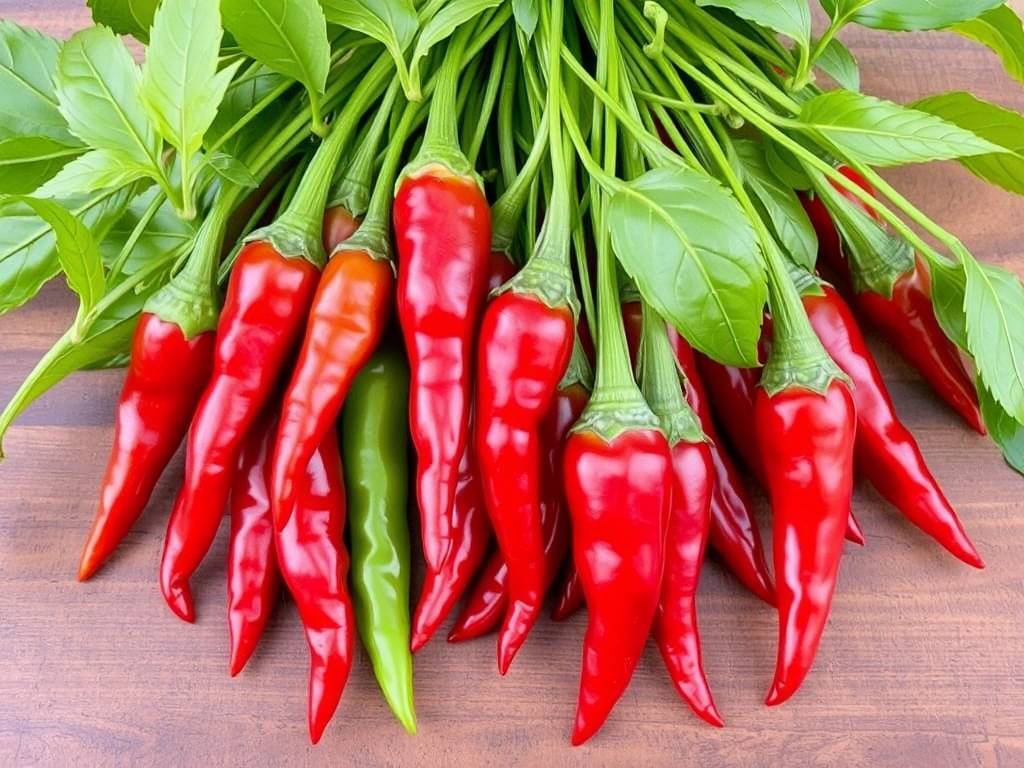
The soil you choose makes a tremendous difference in your watering success. Thai chilies need well-draining soil with a slightly acidic to neutral pH (6.0-7.0). A good potting mix for container-grown Thai chilies might include compost, perlite or vermiculite for drainage, and some coconut coir to retain just enough moisture. If you're gardening in ground, consider raising beds or mounds to improve drainage.
Container size matters more than many realize. For a single Thai chili plant, choose a container that's at least 12 inches in diameter and depth. This provides adequate room for root development and helps maintain stable soil moisture levels. Smaller containers dry out too quickly and can stunt your plant's growth.
Nutrition and Pruning for Maximum Yield
Thai chilies are moderate feeders that benefit from regular, balanced nutrition. The goal is to support both vegetative growth and fruit production without over-fertilizing, which can lead to lush foliage but few fruits.
When establishing your fertilization schedule for abundant chili production, start with a balanced, slow-release fertilizer when planting. Once flowers begin to form, switch to a fertilizer higher in phosphorus and potassium - these nutrients support flowering and fruiting. Many experienced growers use the "weekly, weakly" approach: applying a diluted liquid fertilizer every week rather than full-strength doses less frequently.
Organic options like fish emulsion, seaweed extract, or compost tea work wonderfully and help build healthy soil ecosystems. If you prefer synthetic fertilizers, look for formulas specifically designed for peppers or tomatoes. Watch your plants for signs of nutrient deficiencies: yellowing leaves might indicate nitrogen deficiency, while poor flowering could signal insufficient phosphorus.
Now, let's talk about the secret weapon of productive chili growers: strategic pruning. Pruning Thai chili plants for more fruits involves two main approaches. First, when plants are young (about 8 inches tall), pinch off the top set of leaves to encourage bushier growth. Second, as the season progresses, remove any damaged or diseased branches and consider thinning out some interior growth to improve air circulation.
Many gardeners hesitate to prune, fearing they'll harm their plants, but thoughtful pruning actually stimulates more growth and fruit production. The increased air circulation also helps prevent fungal diseases that can plague dense foliage. Remember to always use clean, sharp pruners to make clean cuts.
Troubleshooting Common Thai Chili Problems
Even with perfect care, you might encounter some challenges. Let's address the most common issues and their solutions:
If your plant is dropping flowers before forming fruits, this is often due to temperature extremes, overwatering, or insufficient pollination. Gently shaking the plant or using a small brush to transfer pollen between flowers can help with pollination.
Yellow leaves can indicate various issues - overwatering, nutrient deficiencies, or pests. Check the soil moisture and examine leaves for signs of insects like aphids or spider mites. Neem oil is an effective, plant-friendly treatment for most common pests.
If fruits aren't developing their characteristic heat, this is typically related to growing conditions. Stress factors like slightly underwatering or high temperatures can increase capsaicin levels, but don't stress your plants too much as this can reduce overall yield.
Harvesting and Enjoying Your Bounty
The most rewarding part of growing Thai chilies is undoubtedly the harvest! You can begin picking fruits when they've reached their full color - typically bright red, though some varieties mature to orange, yellow, or even purple. Use scissors or pruners to cut the chilies from the plant, leaving a short stem attached.
Regular harvesting encourages more fruit production, so don't be shy about picking those ripe chilies. If you find yourself with more chilies than you can use fresh, they preserve beautifully by drying, freezing, or making into hot sauce or chili paste.
Growing Thai chilies is a journey that rewards attention and care. By mastering these three key areas - light and temperature, water and soil, and nutrition and pruning - you'll be well on your way to a spectacular harvest of these fiery little fruits. There's nothing quite like adding homegrown Thai chilies to your culinary creations, knowing you nurtured them from tiny seeds to productive plants. Happy growing
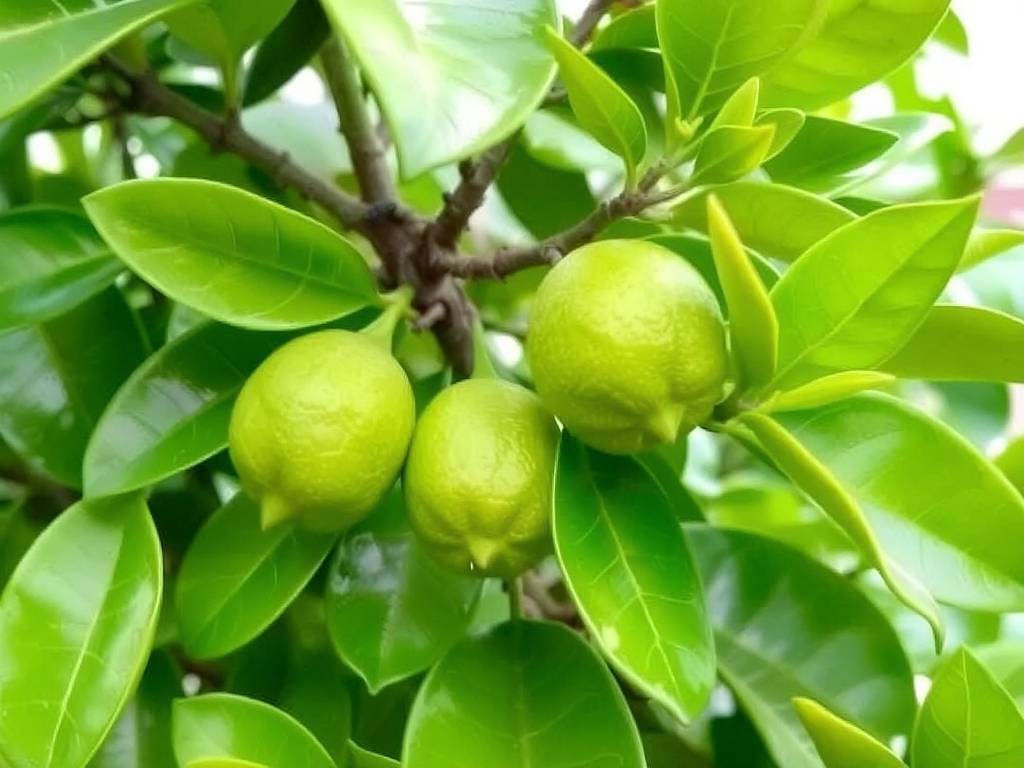
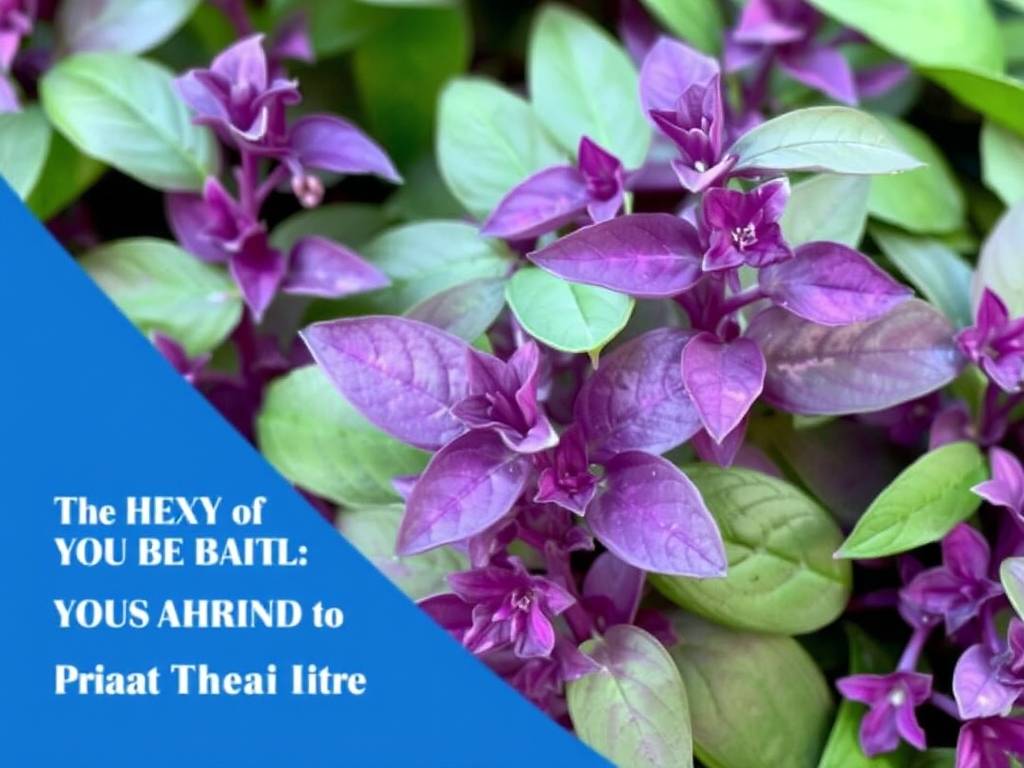
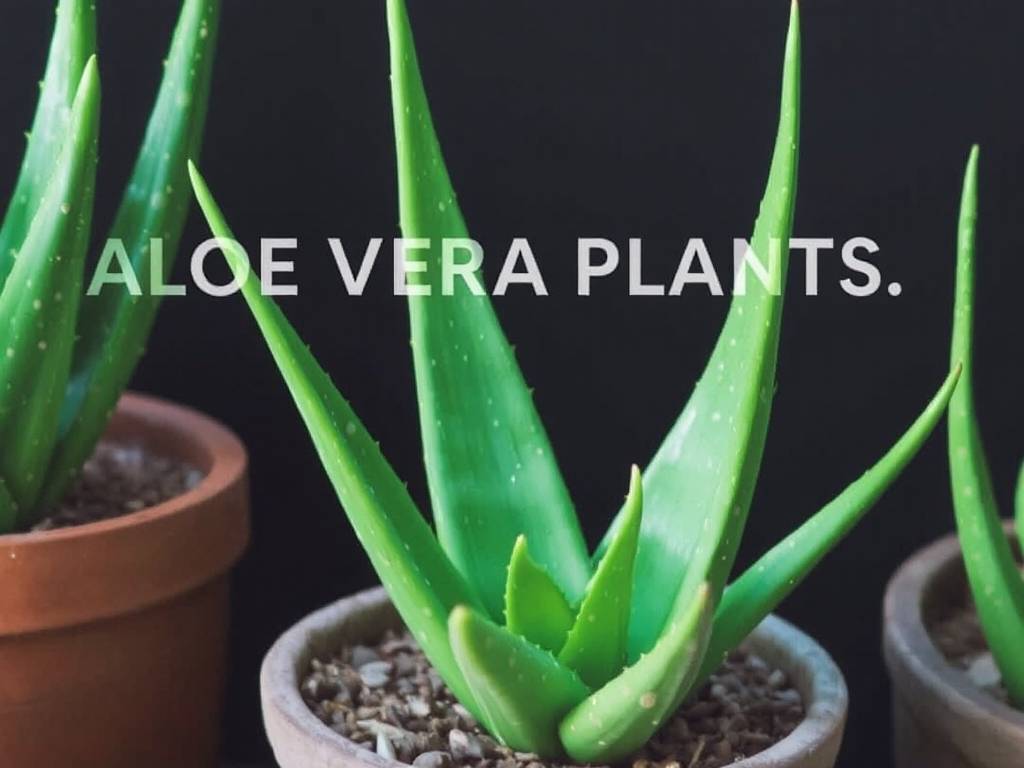
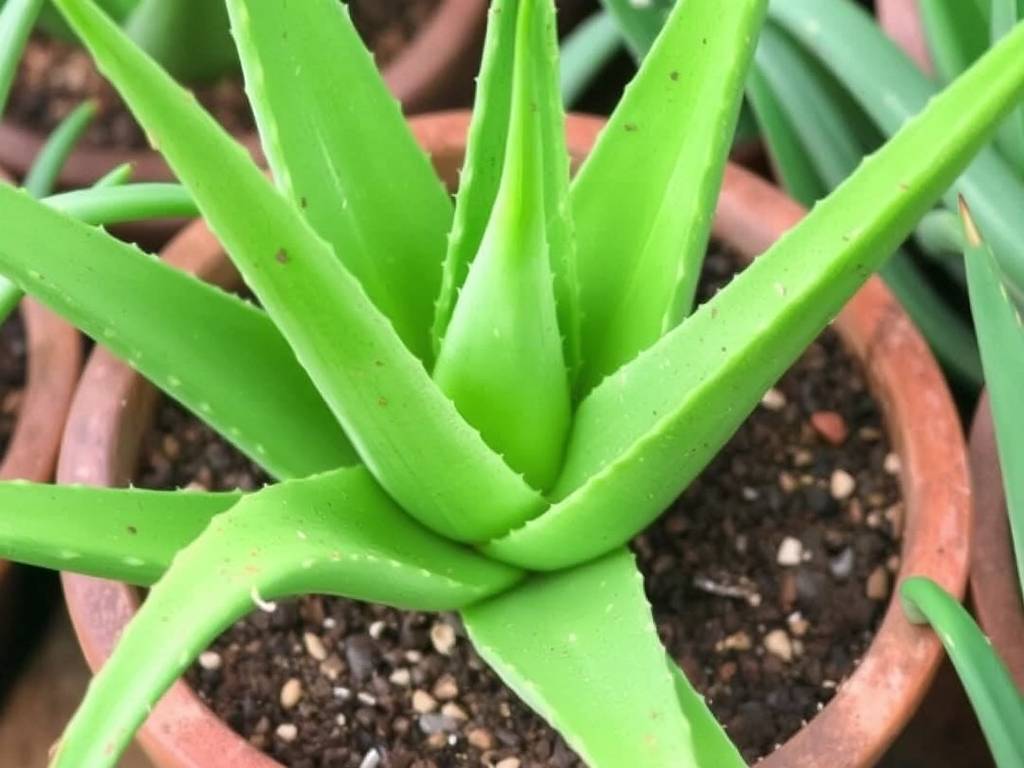
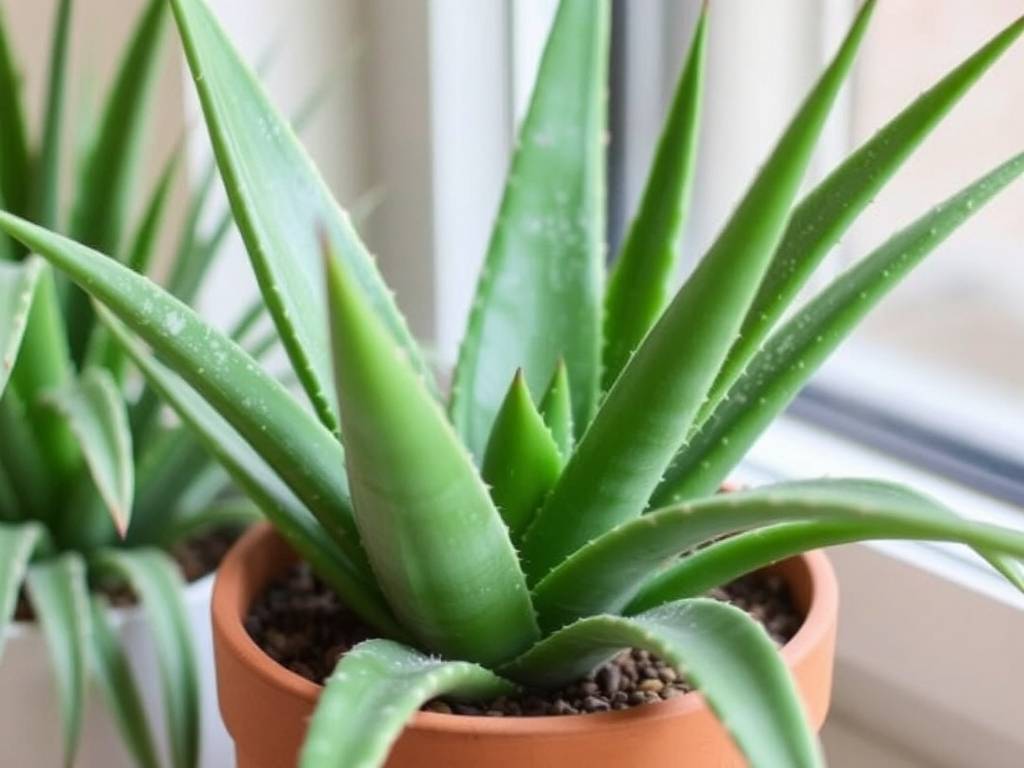
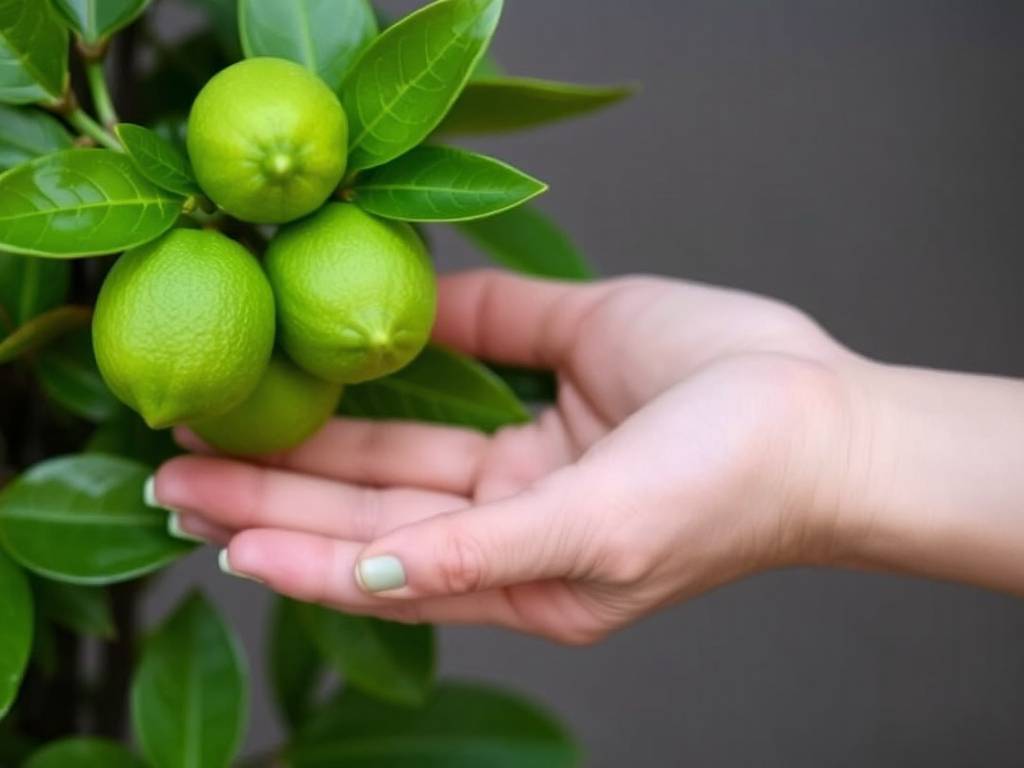
发表评论